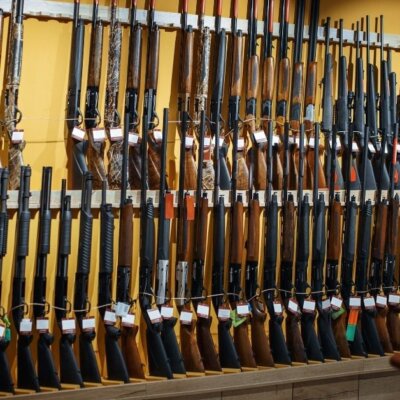Appearance Based Firearm Controls
The Shooting Industry Foundation of Australia (SIFA), recognises that:
- The underlying policy objective of firearms regulation in Australia is to ensure public safety and to facilitate the safe and responsible possession, carriage, use, registration, storage and transfer of firearms.
- The national approach set out in the National Firearms Agreement (the NFA) and as summarised in the Commonwealth Firearms Information Booklet form the basis of how the Commonwealth, states and territories approach firearms management, and is likely to do so for the foreseeable future.
Key messages:
- The word “appearance” occurs once in the NFA (28a), and then only in the very specific context of a rifle that substantially duplicates a semi-automatic centrefire rifle which has been designed or adapted for military purposes.
- Appearance based controls are being exploited by jurisdictions to capture firearms other than rifles (e.g. shotguns, pistols) which are outside the intent of the NFA.
- The inconsistent application of appearance-based controls by states and territories, that result in a firearm being permitted for use in one jurisdiction but not in another, is introducing inconsistencies in firearms regulation that the NFA sought to address.
- Any categorisation of firearms based upon appearance is purely subjective and open to interpretation by individuals who may not necessarily be equipped with appropriate subject matter expertise. This practice is enabled by insufficiently defined administrative powers.
SIFA position:
- All categorisation decisions be predicated upon an objective technical assessment of fundamental engineering principles (e.g., actuation and ammunition type) and nothing else.
- To ensure a nationally consistent approach to firearms categorisation, the ACIC National Firearms Information Database (NFID) should be used by all states and territories to categorise firearms.
- The Firearms and Weapons Policy Working Group should be made accountable for ensuring that firearms are categorised consistently across all jurisdictions.
- Non firearms (e.g., replicas, paintball markers and gel blasters) should not be treated or categorised as firearms on the basis that such an approach is disproportionate to the public safety risk these devices represent, and because unnecessary regulation diverts scarce resources away from higher risk areas requiring the most attention.
References:













